One of the aims of the Xiphophorus Working Group is to promote cooperation between breeders. We would like to strengthen the social part of our hobby and work – without people, xiphos would not swim in aquariums 😉 Let’s get to know one of us through the following interview.
How would you briefly introduce yourself?
- Born: 1963
- First tank: 1982
- First fish: Xiphophorus maculatus fancy form
- Mexico: 6 surveys, 16 out of 22 species of Xiphophorus seen in their natural habitats
Do you keep other species of fish besides Xiphophorus?
Jenynsia onca.
How long and why do you keep xiphos?
The first fish breeding in my tank was Xiphophorus maculatus in 1982. It was a fancy form. Then I started to breed red hellerii and became more interested in wild forms. I got some pygmaeus from Dr. A. C. Radda in 1985. I loved to watch their behaviour and this was the start for wild forms of Xiphophorus.
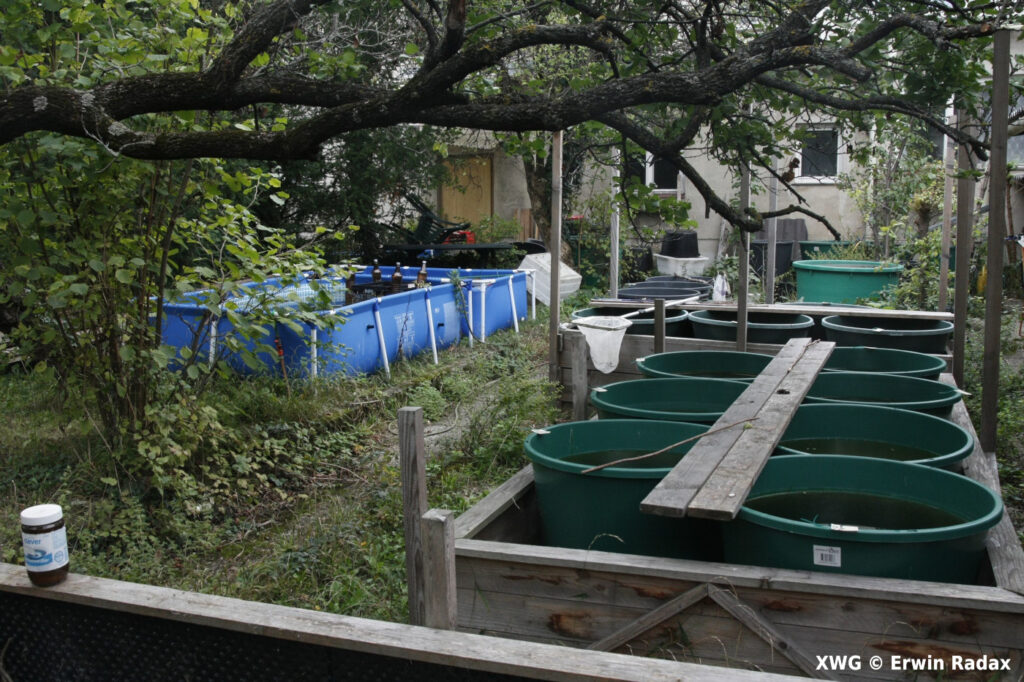
What species of Xiphophorus do you keep?
- andersi Schartl
- continens Ojo de Aqua el Quinze, AHKR, 2017
- couchianus Huasteca canyon
- evelynae Tecolutla, Schartl
- malinche
- meyeri
- montezumae Tamasopo, Birchmann
- multilineatus Tambaque, ADHKR 2014/2016
- pygmaeus AKR 2014
- signum Río Chajmaic, Schartl
- variatus Río Pantepec, Tillmann 2010
- Puente Escalanar, Kees De Jong
- El Zarco, Xiphophorus stock center, Texas
- La Laguna, MacAllister 2000
- Tampico, Schartl
- xiphidium Río Purification, Schartl
- Río Corona
Do you have an extra favourite or dream species?
Yes – Xiphophorus all species.
How long do you usually keep each species? Do you prefer learning new things or stability?
How big are your tanks, how are they equipped and what kind of filtration do you use?
- From 60 x 30 x 30 cm up to 123 x 43 x 32 cm, water level 20 cm.
- Plus the summer setup: water barrels 200 liters and pools 1500 to 2300 liters.
- Simple tanks – tank, plants, light, water, fish.
- NO filtration (thats wrong as plants and mulm do filtration).
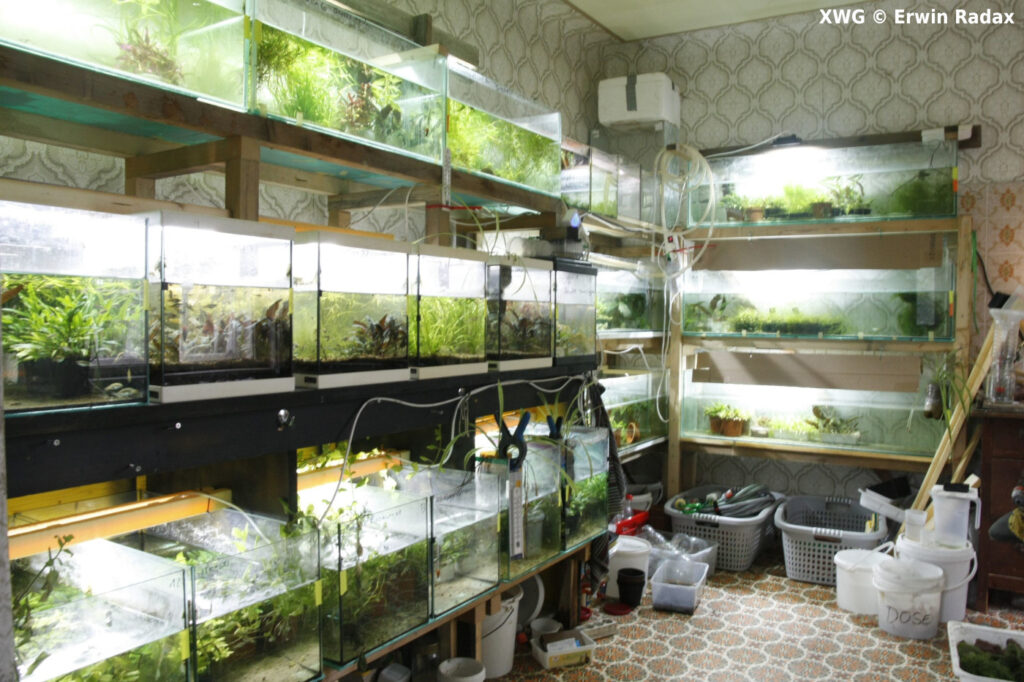
And what about water – temperature, chemical parameters, water exchanges?
- >=25 °dGH, pH ~7,5
- room temperature (18 to 19 °C during winter, after water change it gets down to 15 or 16 °C)
- La Laguna 8 to 11 °C during winter
- water change every second day, at least three times a week: 25 % in winter, about 50 % in summer; always refill with cold tap water
- NO waterchange in the summer residence
How and what do you feed?
Scarcely flakes and tablets, daphnia and the live food I can obtain from the tubs, freshly hatched artemia. If I’m in Mexico they have to clean the tanks – no food.
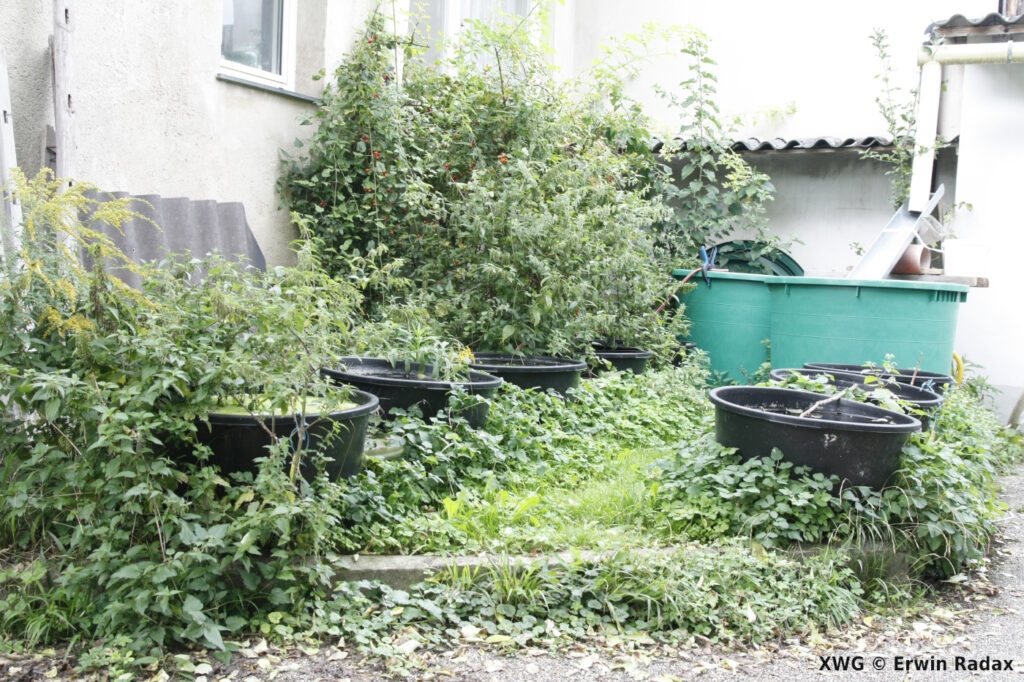
Are you solving any diseases or other problems?
As my sight is really bad it is too late if I see a problem. So they go to a place from where they never come back. If a strain struggles, I have to ask friends to have a look. Usually it gets better when the fish get out in summer.
Have you seen Xiphophorus in the wild? If so, which – and what did that mean for you? If not, are you interested in Xiphophorus natural habitats?
Andersi, clemenciae, continens, cortezi, gordoni, hellerii, kallmani, maculatus, milleri, mixei, montezumae, multilineatus, nezahualcoyotl, nigrensis, pygmaeus, variatus.
It was very interesting for me to see swordtails avoiding swiftly and fast flowing water. To find them rather in slightly flowing waters and pools. All this different types of males of multilineatus and nigrensis. The variability in colour and size of most of the species. Green, yellow, pink and blueish swords on males in the same biotope. Many of the species are a lot smaller than we usually see in our tanks. There are too many impressions to be described with few words.
You go to a biotope with several questions. The biotope gives you some answers. And every answer is followed by at least 5 new questions. Yes, it is dangerous going to biotopes. Not because of crocodiles or snakes. No, it is the huge package of questions they have for you.
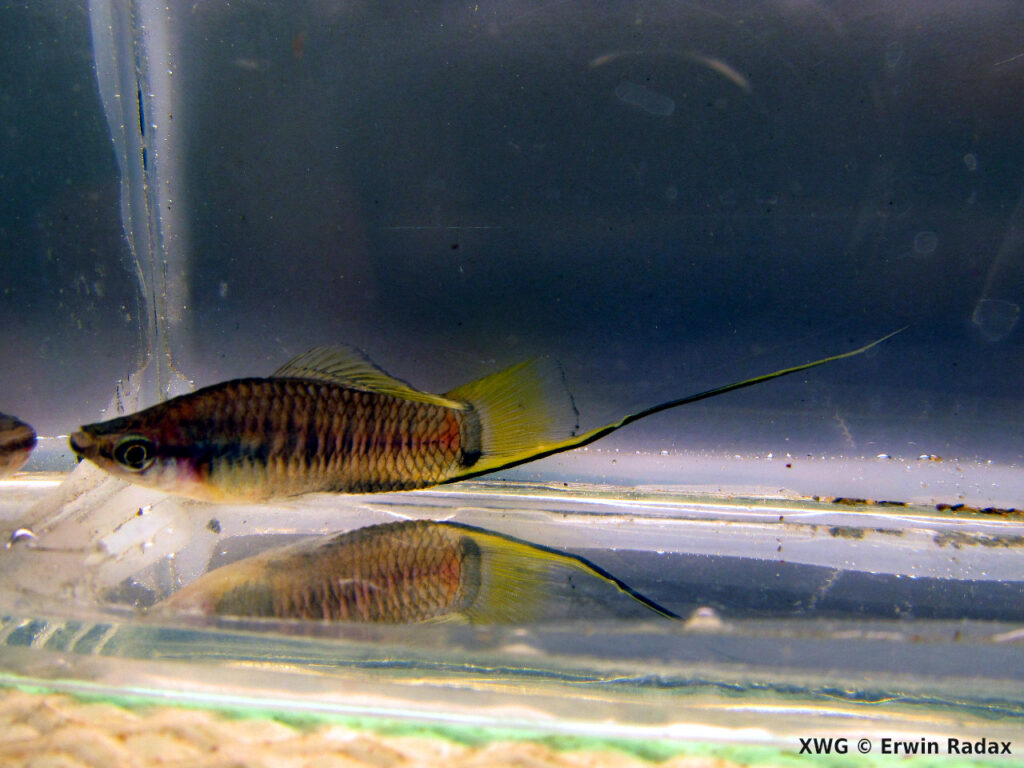
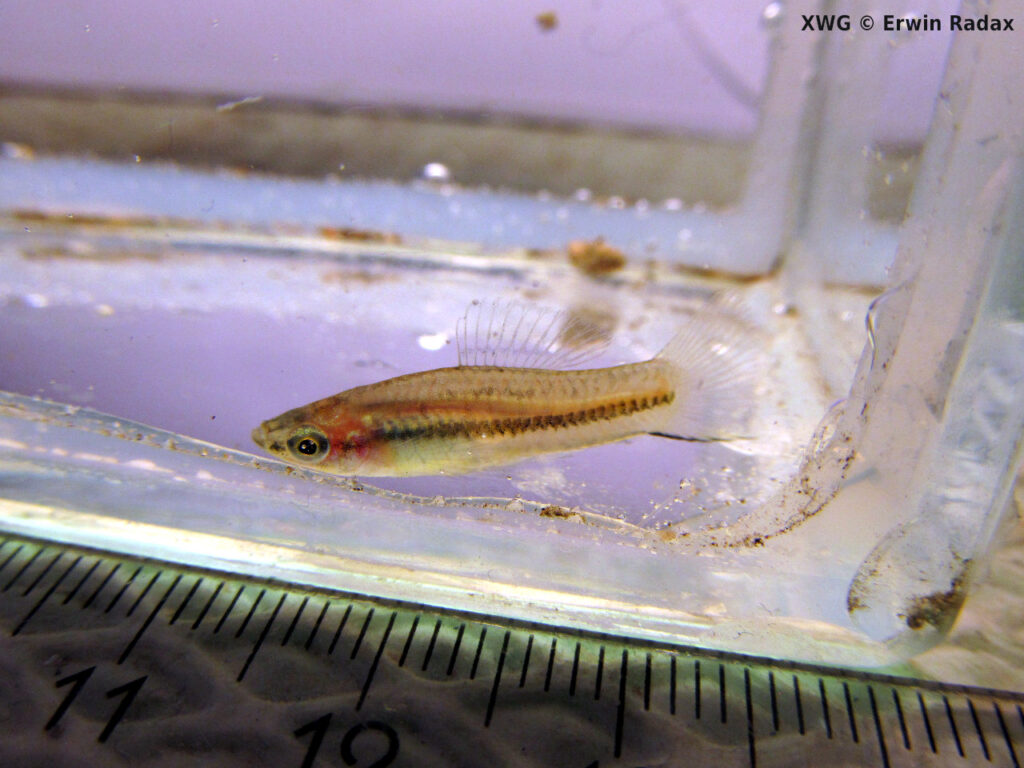
To what extent do you try to keep breeding as natural as possible (environment, selection)?
Summer outside, only catch out sick fish. If another breeder comes to take fish, I use a bottle trap. Fish inside the trap will go. Except they are too old or young. Only make sure to have at least a pair and 15 to 20 unsexed for myself. First caught go back to the tank.
Do you deal with genetics (inbreeding, so-called blood refreshment, population size in your aquarium, etc.)?
Only if a population starts getting weak. Then I try to get some females for my stock. But it did not happen for a long time.

What information sources about Xiphophorus do you usually look for?
- habitats
- friends
- presentations/discussions
- books
- internet
What is your experience with cooperation with other breeders?
- Some listen – some talk.
- Some ask – some know.
- Some learn – some ignore.
- Some breed – some do the opposite.
- Some build up – some destroy.
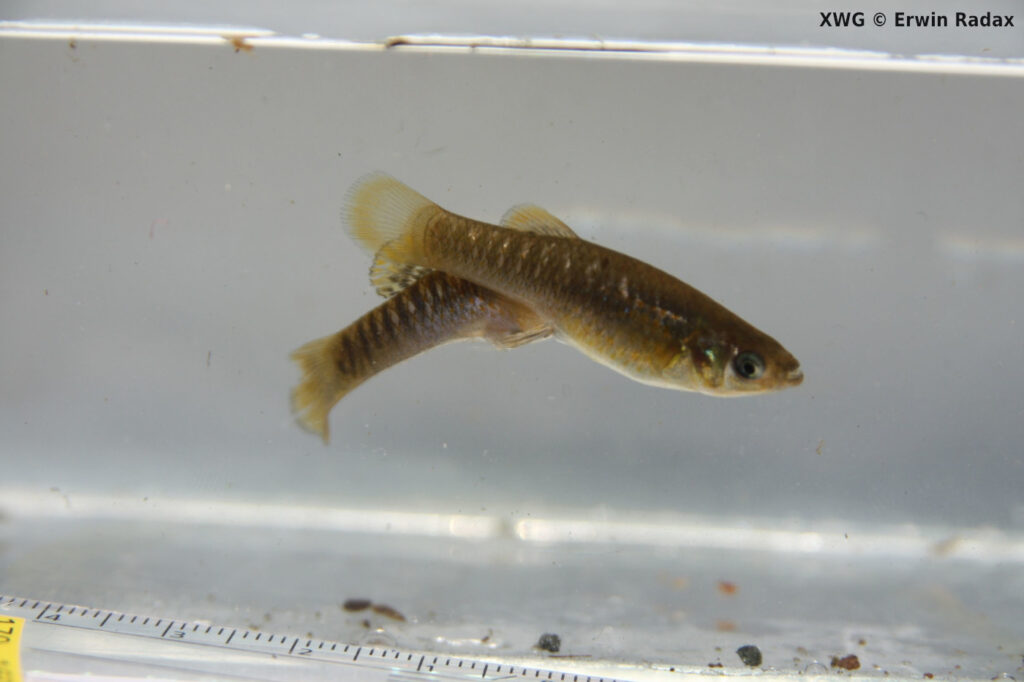
What are your expectations from XWG?
International connections between science, zoos and aquarists. More like family than co-workers. And the description of Xiphophorus xiphidium.
Just a thought. There are two groups with about the same agenda. XWG and GWG. The GWG is well known now. Using the same header like the GWG could be a big advantage. So why not use the same? People see the sign. „Oh, a trusted group worth to be member/worth to talk to/…“.
Meetings together or separate? For some people of science and zoos meetings are part of their job. I am just an aquarist. This is not the case for aquarists. Not all of them are able to take work off and due to inflation also the costs are increasing. They have to decide which meeting to join. Many topics are the same. The way of reintroducing a species, inbreeding problems for instance. And not to forget the people keeping both goodeids and Xiphophorus.
What do you consider to be a key factor for the successful keeping of Xiphophorus?
Keep them outside in the summer. They get food from nature you cannot provide if you keep them in your fish room. Sunlight is a great benefit for them. Change water as often as possible. Live food and algae they can nibble on. Enough mulm in the tank so the fry of most species show full bellies all the time.
